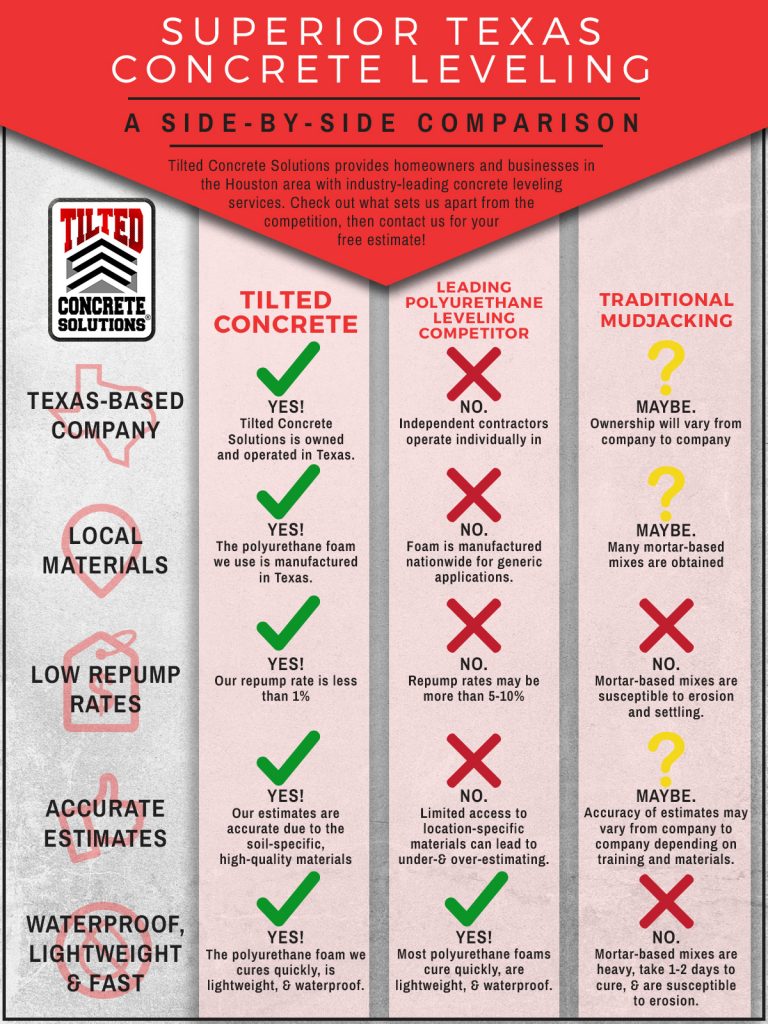Learn About The Methods Which Seasonal Factors Can Impact The Success Of Business Outside Paint And Establish The Best Times To Accomplish Long Lasting Results For Your Task
Learn About The Methods Which Seasonal Factors Can Impact The Success Of Business Outside Paint And Establish The Best Times To Accomplish Long Lasting Results For Your Task
Blog Article
Produced By-Doherty Urquhart
When you're preparing a commercial exterior painting project, seasonal elements can make or damage your outcomes. You'll want to consider just how temperature level and moisture effect paint application and drying out times. Choosing the right season can ensure your paint sticks effectively and lasts longer. However which seasons are genuinely the best for this sort of work? Let's explore the key elements that can impact your task's success.
The Influence of Temperature on Paint Application
When you're planning an industrial outside paint task, the temperature level can significantly impact how well the paint sticks and dries.
Preferably, you wish to paint when temperatures range in between 50 ° F and 85 ° F. If it's too cool, the paint may not heal effectively, bring about problems like peeling off or fracturing.
On the flip side, if it's too warm, the paint can dry as well swiftly, avoiding appropriate bond and resulting in an irregular finish.
painters near me prices need to likewise consider the moment of day; morning or late afternoon supplies cooler temperature levels, which can be extra desirable.
Constantly check the supplier's recommendations for the certain paint you're making use of, as they frequently provide guidance on the suitable temperature variety for ideal results.
Moisture and Its Result on Drying Times
Temperature level isn't the only environmental variable that affects your business exterior paint job; humidity plays a considerable duty too. https://www.insider.com/guides/home/can-you-paint-vinyl-siding can reduce drying out times drastically, impacting the overall quality of your paint work.
When the air is saturated with dampness, the paint takes longer to treat, which can cause problems like bad attachment and a higher risk of mildew growth. If you're painting on a particularly humid day, be planned for extensive delay times between layers.
It's essential to monitor neighborhood weather and plan appropriately. Preferably, aim for humidity degrees between 40% and 70% for optimal drying.
Keeping these factors in mind guarantees your job remains on track and provides a lasting surface.
Best Seasons for Commercial Exterior Paint Projects
What's the best time of year for your commercial exterior paint tasks?
Springtime and early autumn are typically your best choices. Throughout these seasons, temperatures are moderate, and humidity levels are frequently lower, creating optimal conditions for paint application and drying.
Prevent summer's intense heat, which can trigger paint to completely dry as well swiftly, resulting in bad adhesion and surface. Similarly, winter months's cool temperatures can hinder proper drying out and treating, running the risk of the durability of your paint task.
Go for days with temperature levels between 50 ° F and 85 ° F for ideal outcomes. Keep in mind to check the neighborhood weather report for rainfall, as damp problems can wreck your job.
Preparation around these aspects guarantees your paint job runs smoothly and lasts much longer.
Final thought
In conclusion, planning your industrial exterior painting projects around seasonal factors to consider can make a substantial difference in the end result. By scheduling job during the optimal temperatures and moisture degrees, you'll make certain much better attachment and drying times. Remember to watch on local weather forecasts and pick the right time of year-- springtime and very early loss are your best choices. Taking these actions will help you attain a resilient and professional finish that lasts.
